1. The exhaust temperature of the refrigeration system is too low:
The low exhaust pressure is mainly caused by the refrigerant flow rate of the refrigeration system pipeline is too small or even stopped. The exhaust pressure is too low. Although the phenomenon is manifested at the high-pressure end, the cause is mostly at the low-pressure end.
Common causes of low exhaust pressure:
1. The expansion valve hole is blocked, and the liquid supply volume is reduced or even stopped. At this time, the suction and discharge pressures are reduced.
2. The ice plug or dirty plug of the expansion valve and the filter plug, etc., will inevitably reduce the suction and exhaust pressure;
2. Liquid return from refrigeration system:
1. For small refrigeration systems using capillaries: excessive liquid addition will cause liquid return. If the evaporator is frosted seriously or the fan fails, the heat transfer becomes worse, and the unevaporated liquid will cause liquid return. Frequent fluctuations in temperature can also cause the expansion valve to fail to respond and cause liquid return.
2. For refrigeration systems using expansion valves: liquid return is closely related to expansion valve selection and improper use. Expansion valve selection is too large, the superheat setting is too small, the installation method of the temperature sensor is incorrect, the insulation bandage is damaged, and the expansion valve failure may cause liquid return.
For refrigeration systems where liquid return is difficult to avoid, installing a gas-liquid separator control can effectively prevent or reduce the risk of liquid return.
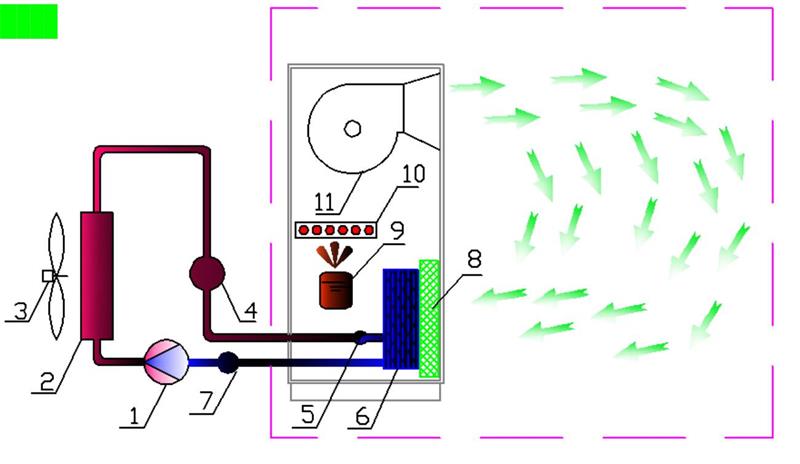
3. The suction temperature of the refrigeration system is high:
1. Poor insulation of the return air pipeline or too long pipeline can cause the suction temperature to be too high. Under normal circumstances, the compressor cylinder head should be half cold and half hot.
2. The refrigerant charge in the system is insufficient. Or the opening degree of the expansion valve is too small, resulting in insufficient circulation of refrigerant in the system, the amount of refrigerant entering the evaporator is small, the degree of superheat is large, and the suction temperature is high.
3. The filter screen of the expansion valve is blocked. The amount of liquid supplied in the evaporator is insufficient, the amount of refrigerant liquid is reduced, and a part of the evaporator is occupied by superheated steam, so the suction temperature increases.
4. Liquid blow:
1. Avoid high or low suction temperature. If the suction temperature is too low, it means that the refrigerant is not completely evaporated in the evaporator, which not only reduces the heat exchange efficiency of the evaporator, but also attracts wet steam and forms a compressor liquid blow. Under normal circumstances, the suction temperature should be 5 ~ 10 ℃ higher than the evaporation temperature.
2. In order to ensure the safe operation of the compressor and prevent the occurrence of liquid shock, the suction temperature is required to be a little higher than the evaporation temperature, that is, it should have a certain degree of superheat.
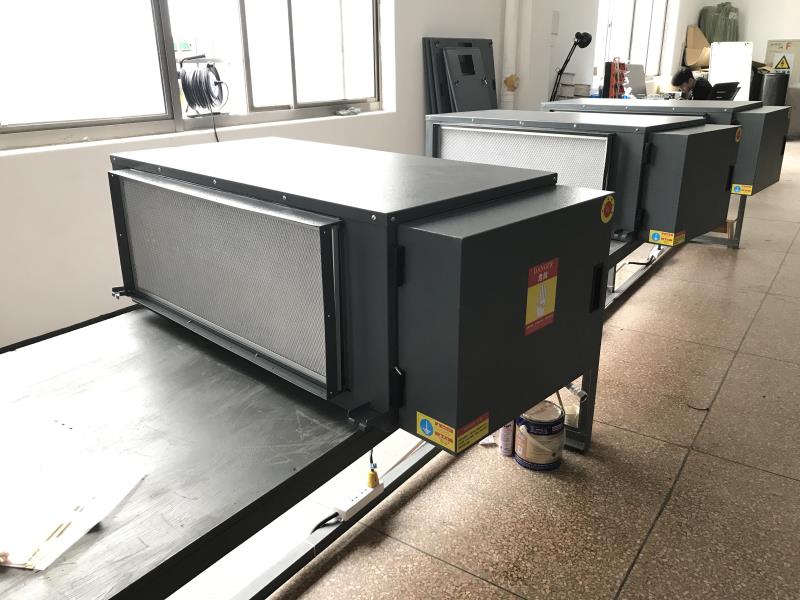
5. Start with liquid in refrigeration system:
1. The blistering phenomenon when starting with liquid can be clearly observed on the oil sight glass. The root cause is that a large amount of refrigerant dissolved in the lubricant and sinking under the lubricant suddenly boils when the pressure drops suddenly, and causes the foaming phenomenon of the lubricant, which easily causes liquid shock.
2. The crankcase heater (electric heater) installed in the compressor can effectively prevent the migration of refrigerant. Shut down for a short time to keep the crankcase heater energized. After a long period of non-use, the lubricating oil should be heated for a few or ten hours before starting. A gas-liquid separator is installed on the return air pipeline, which can increase the resistance of refrigerant migration and reduce the amount of migration.
6. Oil return in the refrigeration system:
1. Lack of oil will cause serious lubrication shortage. The fundamental reason for the lack of oil is not how much and how fast the compressor runs, but that the system does not return oil well. The installation of oil separator can quickly return oil and prolong the operation time of compressor without oil return.
2. When the compressor is higher than the evaporator, there is no oil return bend on the vertical air return pipe. The oil return bend should be as compact as possible to reduce oil storage. The spacing between oil return bends should be appropriate. When the number of oil return bends is relatively large, some lubricating oil should be added.
3. The compressor starts frequently. The frequent start of the compressor is not conducive to oil return. Because the compressor is stopped for a short continuous running time, the return air pipe has no time to form a stable high-speed airflow, and the lubricating oil can only remain in the pipeline. If the oil return is less than that of the oil, the compressor will run out of oil. The shorter the running time, the longer the pipeline, and the more complicated the system, the more prominent the problem of oil return.
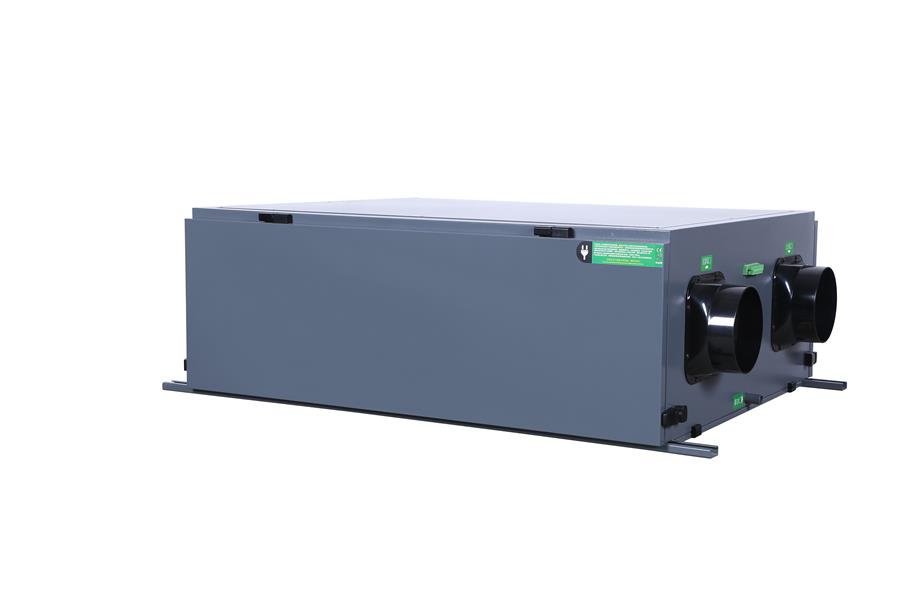
7. Low evaporation temperature of refrigeration system:
Evaporation temperature has a greater impact on refrigeration efficiency. For every decrease of 1 degree, the same cooling capacity needs to be increased by 4%. Therefore, when conditions permit, appropriate increase in evaporating temperature is beneficial to improve cooling efficiency. The evaporating temperature is generally 5 to 10 degrees lower than the temperature of the air outlet.
Although blindly lowering the evaporating temperature can cool the temperature difference, the cooling capacity of the compressor is reduced, so the cooling speed is not necessarily fast. Moreover, the lower the evaporating temperature, the lower the cooling coefficient, while the load is increased, the operating time is extended, and the power consumption will increase.
8. Exhaust gas overheating of refrigeration system:
The main reasons for exhaust gas overheating are as follows: high return air temperature, motor heating, high compression ratio, reverse expansion and gas mixing, compression temperature rise and refrigerant type, and high condensing pressure.
Regarding the specific cause and analysis of the exhaust gas overheating of the refrigeration system, we have published an article on refrigeration refrigeration before, and interested friends can view the previously published article.
9. Low suction temperature of refrigeration system:
1. The opening degree of the expansion valve is too large. Because the temperature sensing element is too loosely bound, the contact area with the air return pipe is small, or the temperature sensing element is not wrapped with thermal insulation material and the position of the wrapping is wrong, etc., the temperature measured by the temperature sensing element is not accurate and is close to the ambient temperature, causing the expansion valve to operate The opening degree increases, resulting in too much liquid supply.
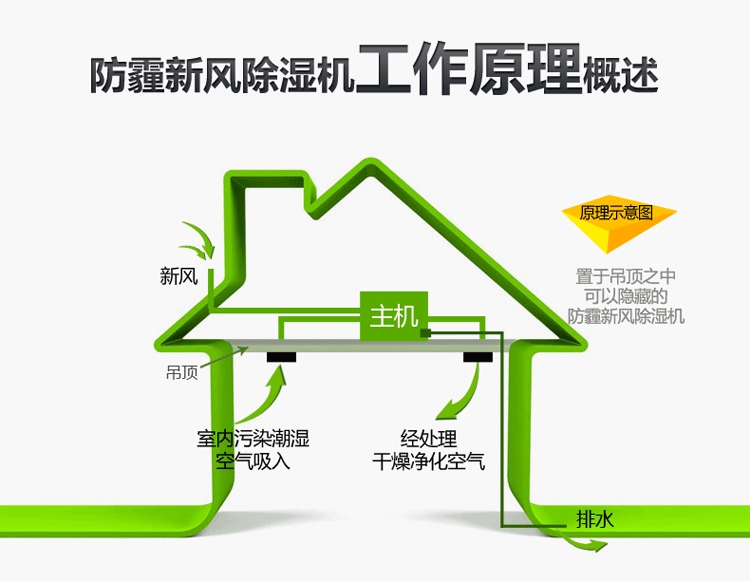
2. Too much refrigerant charge. Too much refrigerant charge will occupy part of the condenser volume and increase the condensing pressure, which will increase the liquid entering the evaporator. The liquid in the evaporator cannot be completely vaporized, so that the compressor sucks the gas with liquid droplets. In this way, the temperature of the return air duct decreases, but the evaporation temperature does not change because the pressure does not decrease, and the degree of superheat decreases. Even if the expansion valve is closed, there is no significant improvement.
10. Fluoride in refrigeration system:
1. When the amount of fluorine is low or its adjustment pressure is low (or partially blocked), the bonnet (bellows) of the expansion valve and even the liquid inlet will frost; when the amount of fluorine is too little or there is basically no fluorine, the appearance of the expansion valve No response, only a slight sound of airflow.
2. See from which end the icing starts, whether it is from the dispensing head or from the press to the trachea. If the dispensing head is short of fluoride, the press is full of fluoride.
================================================== ================================================== ======
17888217031 Mr. Guan
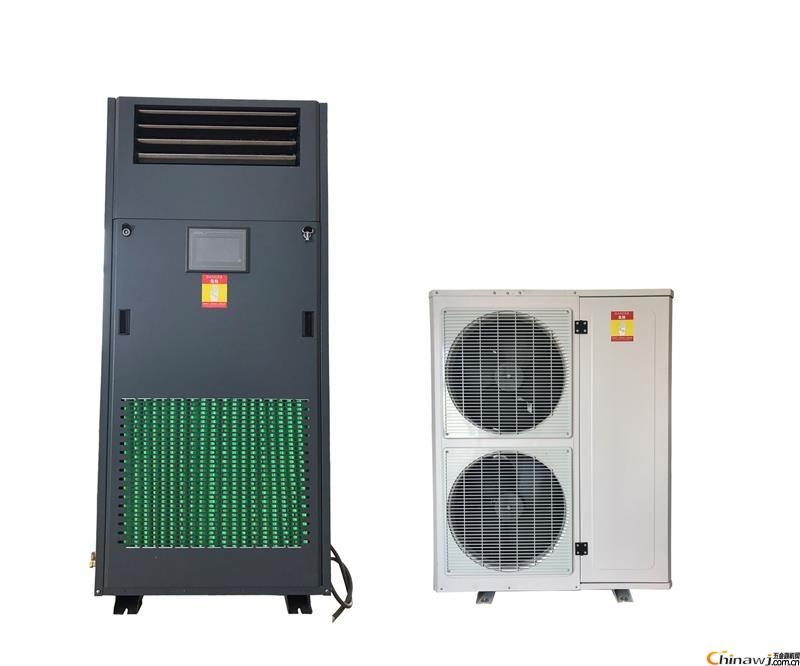
Pipe Fittings Series,Pipe Fittings,Plumbing Fittings,Plastic Pipe Fittings
Hebei Yuanbai Technology Co., Ltd. , https://www.yuanbaikeji.com